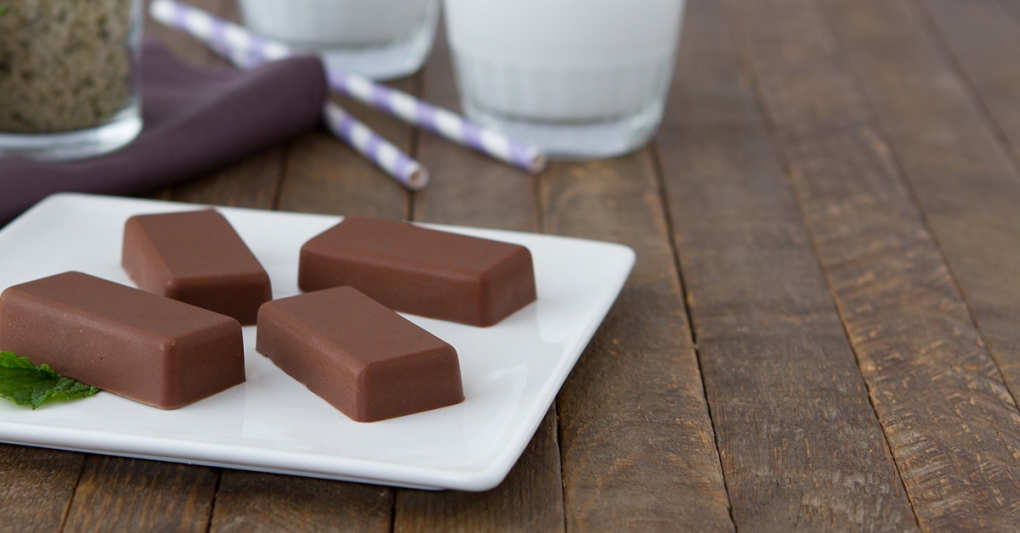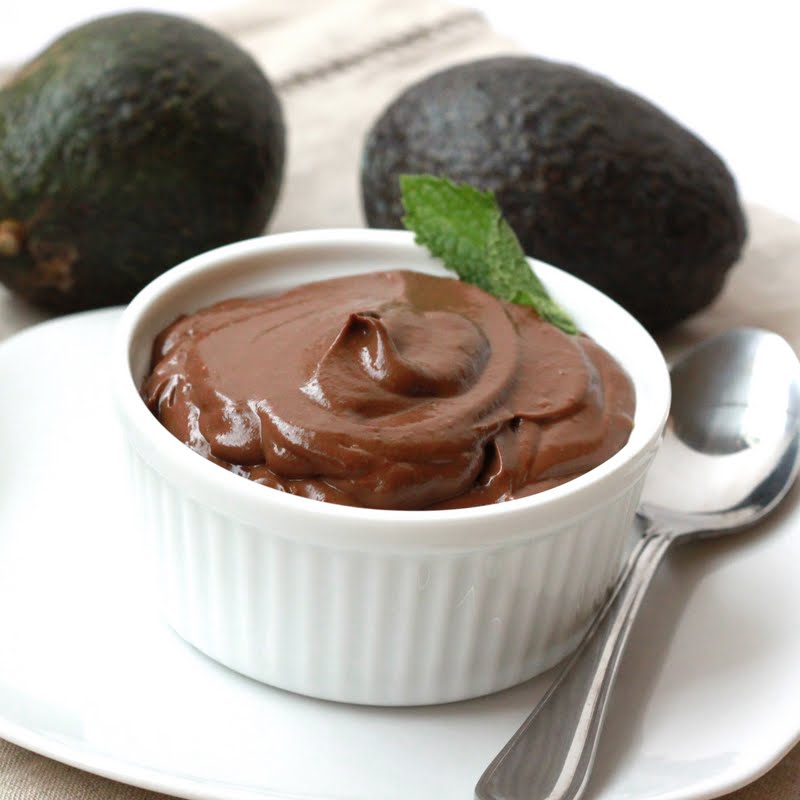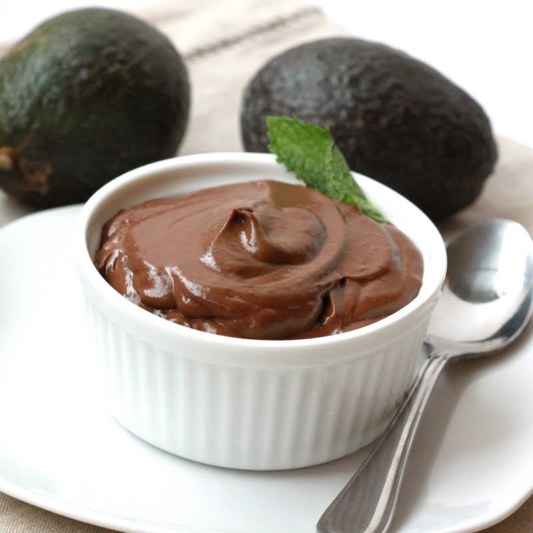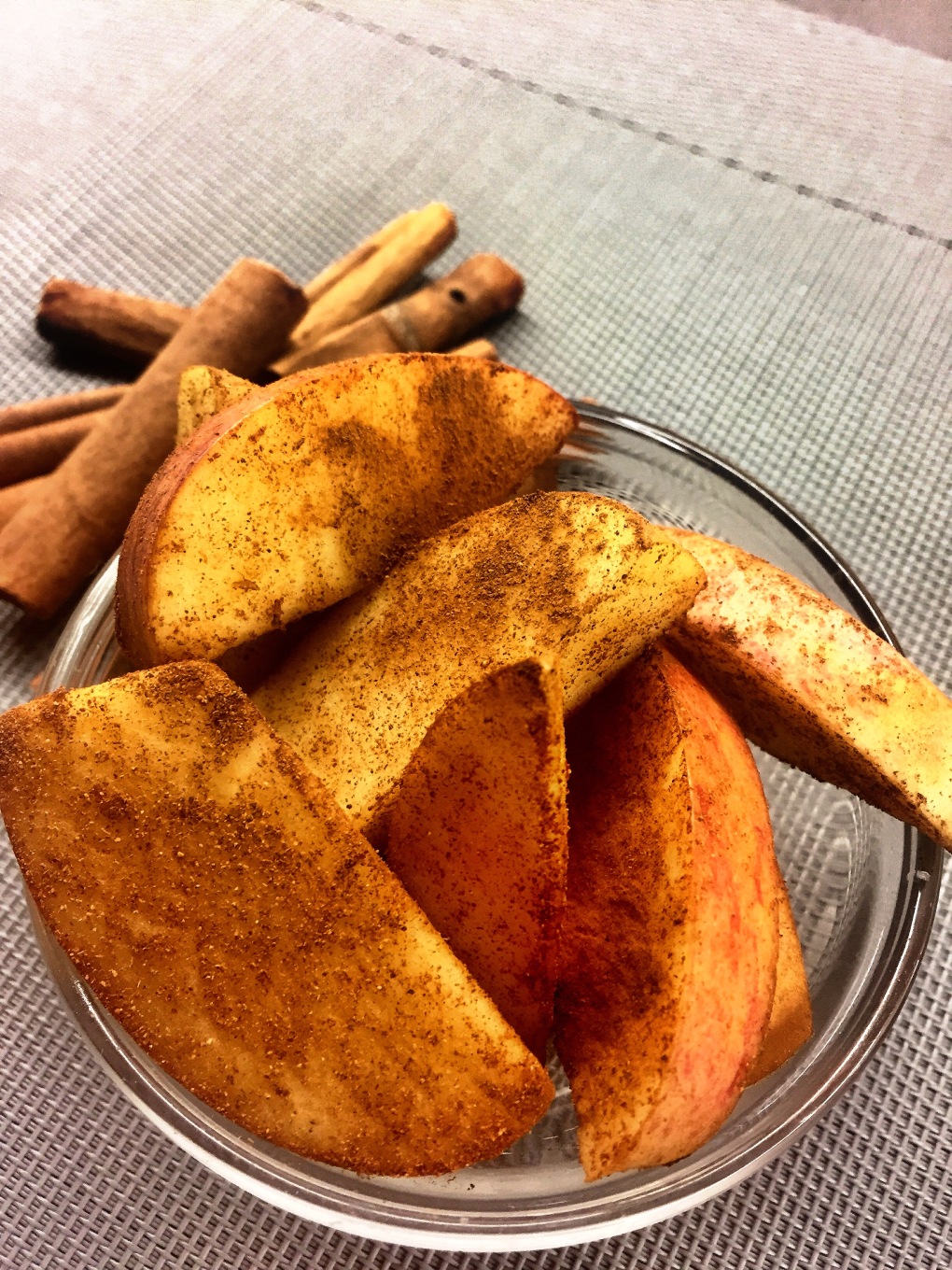In case you didn’t know, one of my (many) pet peeves is the overabundance of sugar that we feed ourselves and our children. It gets me hot and bothered….and vocal!
Here’s the good news….Organizations and governments are (finally) declaring a maximum amount of daily sugar intake. WHOOP WHOOOOOOOOOP! And while this is a step forward, there are still a few problems. One – they don’t all agree with each other. And, two, I don’t necessarily agree with them either.
We all know sugar is NOT a health food. It isn’t full of nutrition, and excess consumption is not associated with great health. Ever.
The problem is that sugar is everywhere. It’s naturally occurring. It’s also added to just about EVERY PROCESSED FOOD there is. And this “added sugar” is a factor in many chronic diseases we see today. Sugar is inflammatory. Too much is associated with weight gain, diabetes, heart disease, cancer, and cavities. Too much sugar is a huge health risk, no matter how you look at it. Plain and simple.
So let’s talk about how much sugar is “too much.”
Before we talk about the “official” numbers (and why I don’t agree with them), you need to know the difference between “added” sugar and “naturally occurring” sugar.
Fruit and other healthy, whole foods contain sugar. They also contain water, fibre, vitamins, minerals, and other phytochemicals. They are good for you. Eating fruits and vegetables is a well-proven way to reduce your risks of many chronic diseases. You won’t get many people that will contest that.
“Added sugars,” on the other hand, are extremely concerning. In 2013, the American Heart Association calculated that about 25,000 deaths per year were due to diseases that were influenced by sweetened beverages. “Added sugars” are also in baked goods, candies, soups, sauces and other processed foods. You can find sugar on the ingredient list as many names, often ending in “-ose.” These include glucose, fructose, sucrose, etc.
The “official” change is the new Nutrition Facts tables. You may remember that in Canada and the USA, they declare the amount of sugar, but don’t give it a %DV (% daily value); this means, they’ve never had a “benchmark” maximum daily value to use. They haven’t declared how much is too much. Now, both countries are implementing a %DV for sugar.
In Canada, the %DV is based on 100 g/day of total sugar. Unfortunately, this number is large because it includes both naturally occurring and added sugars. The %DV is in-line with the Canadian Heart & Stroke Foundation’s recommendations of no more than 90 g of total sugars per day.
So, “Total sugars” = “Naturally occurring sugars” + “Added sugars.”
In the USA, the labels are changing too. They are not declaring “total” sugars but will differentiate between naturally occurring and added sugars. They have decided on a maximum of 50 g of “added” sugars each day. Unfortunately, this is still more than the American Heart Association’s recommended maximum of 24 g/day added sugar for women, and 36 g/day added sugar for men.
In 2012, the average daily total sugar intake in the USA was 130 grams per day and in Canada, 90 grams per day! But, I’d argue that 100 g per day total sugar is still WAY too high. While these official numbers are a step in the right direction, they’re not what I would recommend.
To start, I’d ditch as many processed foods as possible, regardless of their sugar content. There are a ton of studies that show that processed foods are bad for your health. Period. And, I wouldn’t recommend eating your “daily value” of sugar from sweetened processed foods. Get your sugar from whole, unprocessed fruits first.
Second, you don’t need to max out your daily sugar intake. I promise your pancreas will thank you! Try to reduce your sugar intake below these “official” amounts for an even better goal. The World Health Organization’s recommended maximum of 36g/day for men (7.5tsp), 20g/day for women (4tsp) and 10g/day for children (2tsp) should be your benchmark for daily added sugar.
I’m going to share my top recommendations to help you reduce your sugar intake:
- EAT MORE PROTEIN
They provide satiety, help you feel full longer and help to keep your blood sugar stable. Try to have protein every time you eat. - EAT MORE HEALTHY FAT
Contrary to popular belief, fat doesn’t make you fat…..sugar does! Like protein it provides satiety and helps to keep blood sugar stable (and it’s essential to health). - INCREASE YOUR FIBRE
Low in calories, high in nutrition. Helps to balance blood sugar and its filling. Added bonus….it helps pull excess cholesterol out of the body. - CONSUME FERMENTED FOODS & BEVERAGES
Sour food helps naturally reduce sugar cravings AND provide probiotics, which support digestive health. Cultured veggies are easy to make at home and so is Kombucha! - SUPPLEMENT
Chromium: regulates blood sugar and cholesterol levels and helps to reduce sugar cravings.
Magnesium: studies show that sugar cravings may actually be a result of magnesium deficiency (especially if you crave chocolate).
Zinc: needed for insulin and glucose utilization and a deficiency can lead to sugar cravings. - REDUCE (OR ELIMINATE) SUGAR-SWEETENED BEVERAGES
This includes soda pop, sweetened coffee/tea, sports drinks, etc. Instead, have fruit-infused water. Or try drinking your coffee/tea “black” or with a touch of cinnamon or vanilla instead. Do it gradually…start by reducing your sugar by 1/3, then 1/2 and before you know it, you’ll be having your coffee sugar free. If you want the sweet, bubbly sensation of pop, try drinking Zevia instead. Zevia is a pop that is sweetened with stevia and doesn’t contain any artificial colour (all drinks are clear) or phosphorus. If you must drink pop, Zevia is the way to go. - REDUCE (OR ELIMINATE) DAILY DESSERTS
Choose one night per week when you will have dessert – and stick to that one night. Bake your own instead. You can easily reduce the sugar in a recipe by half and still have it taste delicious. Alternatively, try replacing the white sugar with coconut sugar. (Or try my delicious (no added sugar) dessert recipe below.) - REDUCE (OR ELIMINATE) CONSUMPTION OF BREAKFAST CEREALS
They all have added sugar and for the majority of them, one serving would max out the recommended daily intake of 10g (2 tsp) for your kids. Instead, get a copy of 5 Breakfasts That Won’t Overload You on Sugar and Taste Delicious.
Let me know in the comments your favourite tips to reduce your sugar intake!
Recipe (No added sugar): Frosty

photo credit: mynaturalfamily
Serves 1
- ¾ cup almond milk (unsweetened)
- ½ tsp vanilla extract
- 1 tbsp cocoa powder (unsweetened)
- ½ banana, frozen or ½ cup strawberries
- Ice cubes
Directions:
- Add everything into a blender except ice. Blend.
- Add a handful of ice cubes and pulse until thick and ice is blended.
- Serve & enjoy!
Tip: Double the recipe to share.







